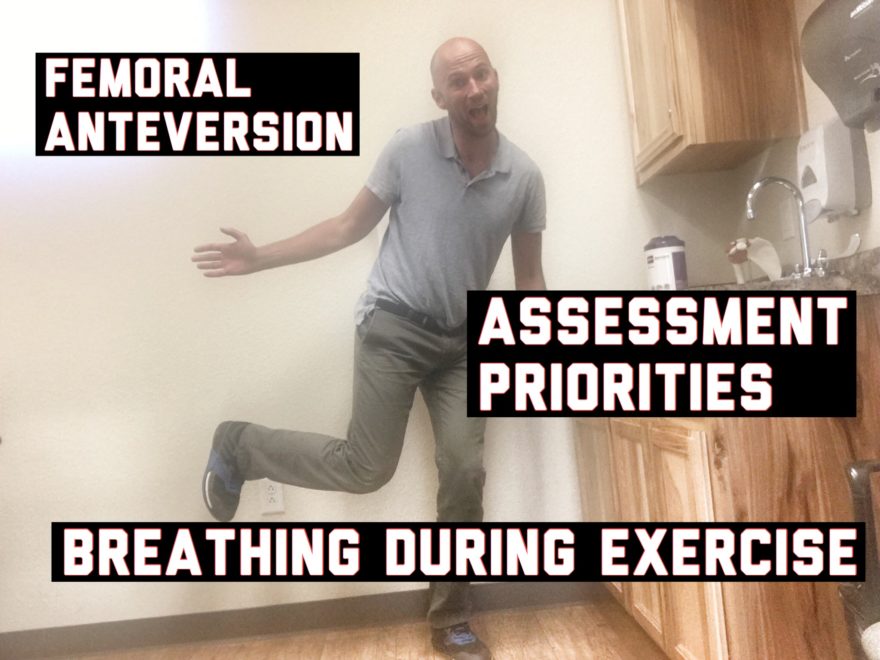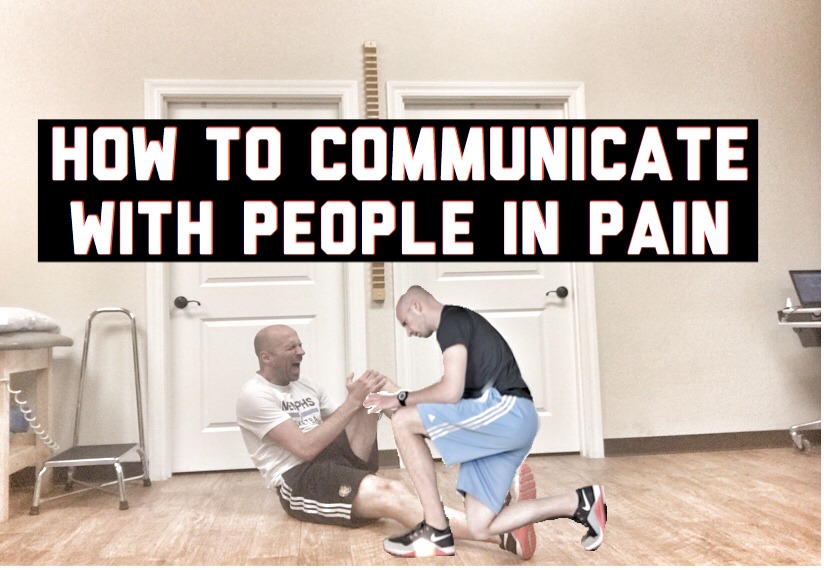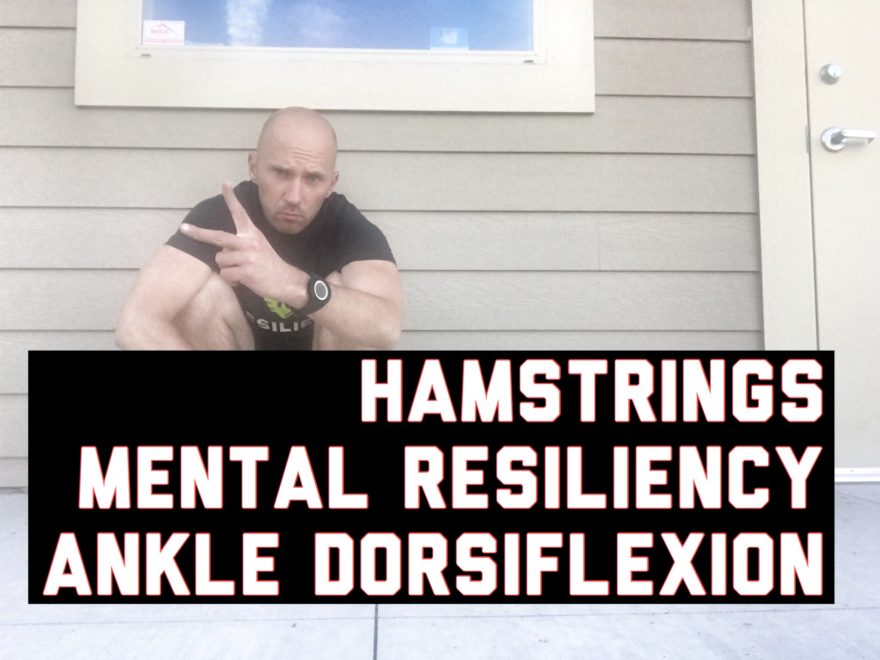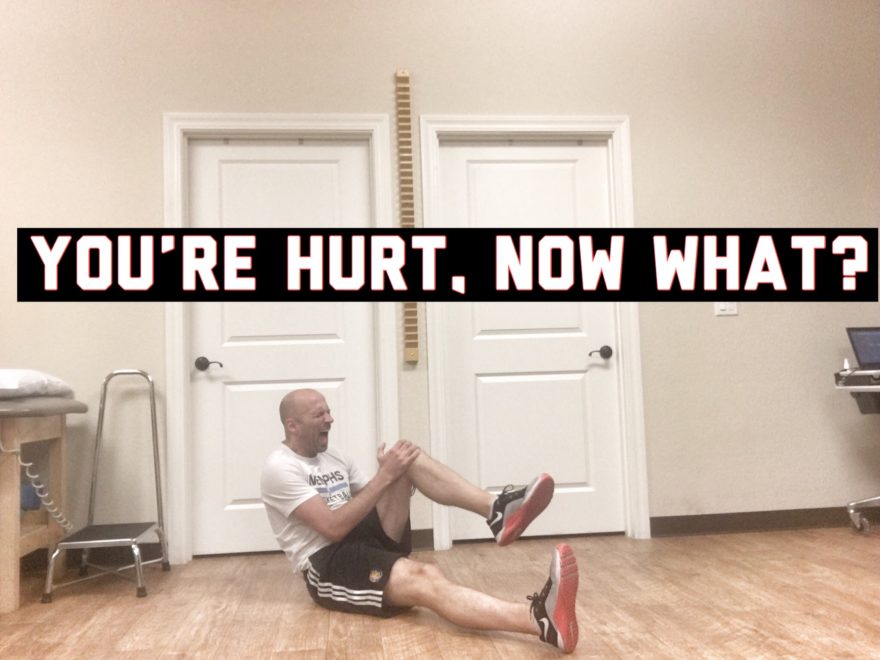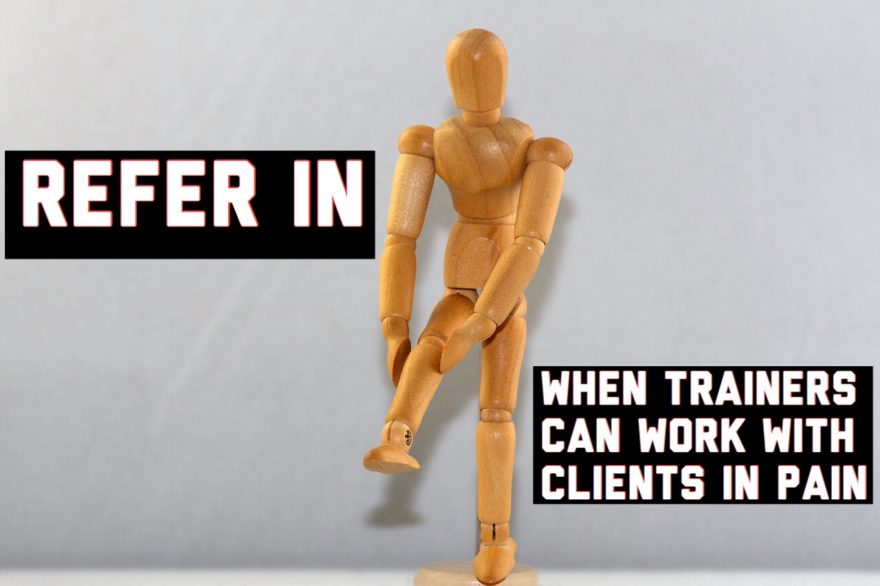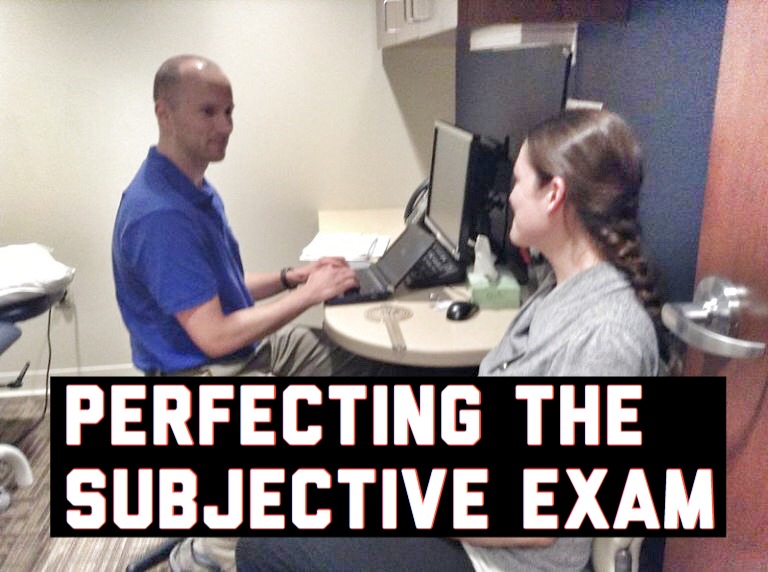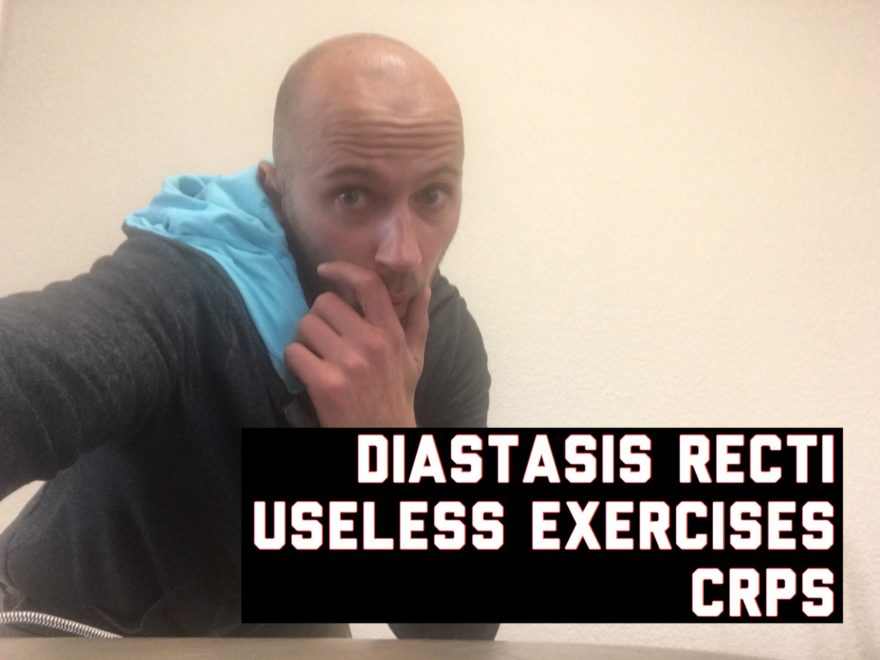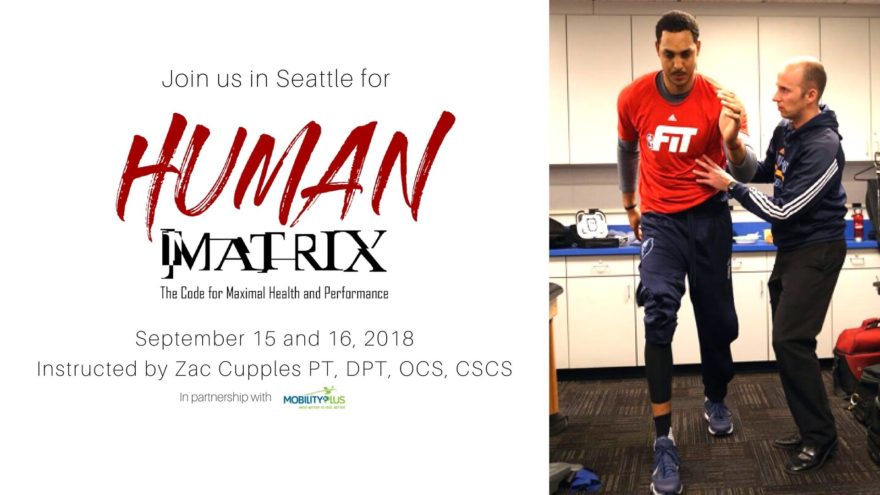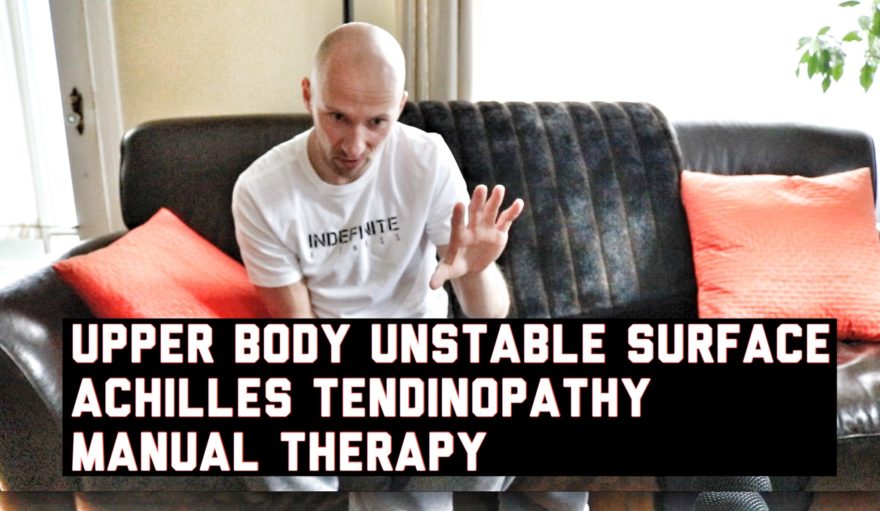Movement Debrief Episode 49 is in the books. Below is a copy of the video for your viewing pleasure, and audio if you can’t stand looking at me. Here is the set list: When should you breathe during exercise? Are there times in which breath holding is warranted? What is femoral anteversion? Is there a way to test for femoral anteversion? What treatment considerations must one make for femoral anteversion? In what testing order do I chase variability? If you want to watch these live, add me on Facebook or Instagram.They air every Wednesday at 7pm CST. Enjoy! and the audio version… Here were the links I mentioned: Sign-up for the Human Matrix in Seattle September 15-16th here Sign-up for the Human Matrix in Portland, OR November 10-11 here Breathing During Weight Training – Lyle McDonald Concurrent Criterion-Related Validity and Reliability of a Clinical Test to Measure Femoral Anteversion Determination and Significance of Femoral Neck Anteversion FAI Investigation of Association Between Hip Morphology and Prevalence of Osteoarthritis Infrasternal Angle Overhead vs Quadruped Narrow Infrasternal Angle Training Modifications Using the Infrasternal Angle – Lucy Hendricks Restoring Shoulder Motion Shoulder External Rotation Hip Adduction and Abduction Explaining Hip Range of Motion Here’s a signup for my newsletter to get nearly 3 hours and 50 pages of content, a free acute:chronic workload calculator, basketball conditioning program, podcasts, and weekend learning goodies: [yikes-mailchimp form=”1″ submit=”Get learning goodies and more”] Breathing During Exercise https://zaccupples.com/2018/05/24/movementdebrief49/#Assessment_Priorities Femoral Anteversion
Read More